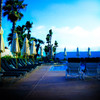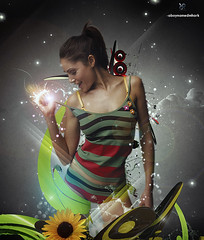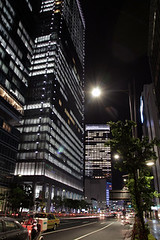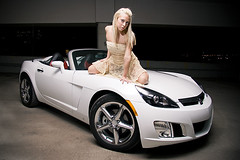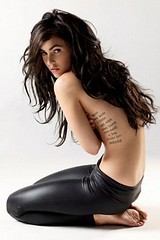"Have never understood why so many people use the Swaro 20-60 zoom (easily 90+%). Side by side with the 30X SW the latter wins hands down until you get to 40X, and even then the 20-60 performs better only in clean air. David Sibley, among other experts, reccommends the 30X eyepiece over the zoom for general birding (see "Sibley's Birding Basics"). For digiscoping the 30X is far superior to the 20-60 zoom because of wider FOV, longer ER, and brighter clearer image." [emphasis mine]And in another message:
"On a more pragmatic level, many digiscopers own both the 20-60 Zoom for their scope (most are excellent these days) as well as the 30X wide angle. Strange that many, like Neil, myself, and others, consistently reach for the 30X when trying for the highest quality shot. Are we masochists? Or are we simply using what we have subjectively determined will provide us the most consitent high quality shots? I think the latter. Last time I checked this forum was about digiscoping, and many of the best digiscopers start are still using the 30X wide angle eyepieces. Until I see objective evidence to the contrary I will stick with the Swaro 30 SW."
Link: Some of Len's Digiscoping
Far superior? To be fair, Len's digiscoping work is really quite good. He uses the same spotting scope and digital camera I do, but with a 30x eyepiece. Are his results really far superior to zoom-using digiscoping pioneers like Ann Cook or the late Laurence Poh? In Birding Basics, David Allen Sibley doesn't address optical quality differences between fixed and zoom eyepieces but states that a 30x eyepiece is "the highest power that can be used easily." I will concede, however, as an owner of a 30x eyepiece, fixed eyepieces are just slightly better than zooms at similar magnification - I enjoy the wide field when viewing over water. Still, having conducted my own tests, I don't detect any appreciable image advantage when it comes to digiscoping with a fixed eyepiece. The versatility of a zoom eyepiece is what most birders are after. Interestingly, last April Len posted similar comments to this forum, but wasn't aware of my digiscoping work. After exchanging a few missives, he wrote:
"Excellent blog. Comparison photos did little to shed light on the subject. Much better to have used resolution charts. You are probably aware that the field of view of the 30X is the same as the 20X, but things are 50% larger. You also seem to feel that the answer is to "get closer". This not only disturbs wildlife, but is often not possible without going off the trail and impacting the habitat. If I tried to get any closer to this Motmot it likely would have flown. I was able to get the photograph and share the view with our group and the bird stayed happily perched. You are a master of your equipment, much like David McCauley, who doesn't even use an adapter! I don't think you should switch to the 30X, as you don't seem to need it. I like to get closer to the birds using optics, so I'll stick with the 30X."Apparently, if the bird doesn't fly away, then you're probably not too close! I'm so relieved. Thanks to Len's advice, I'm going to stick with my zoom eyepiece when digiscoping. It just humors me whenever I see these "fixed versus zoom" threads on digiscoping forums. It's as if the 6 years of digiscoping I've done with a zoom eyepiece doesn't count as evidence.

